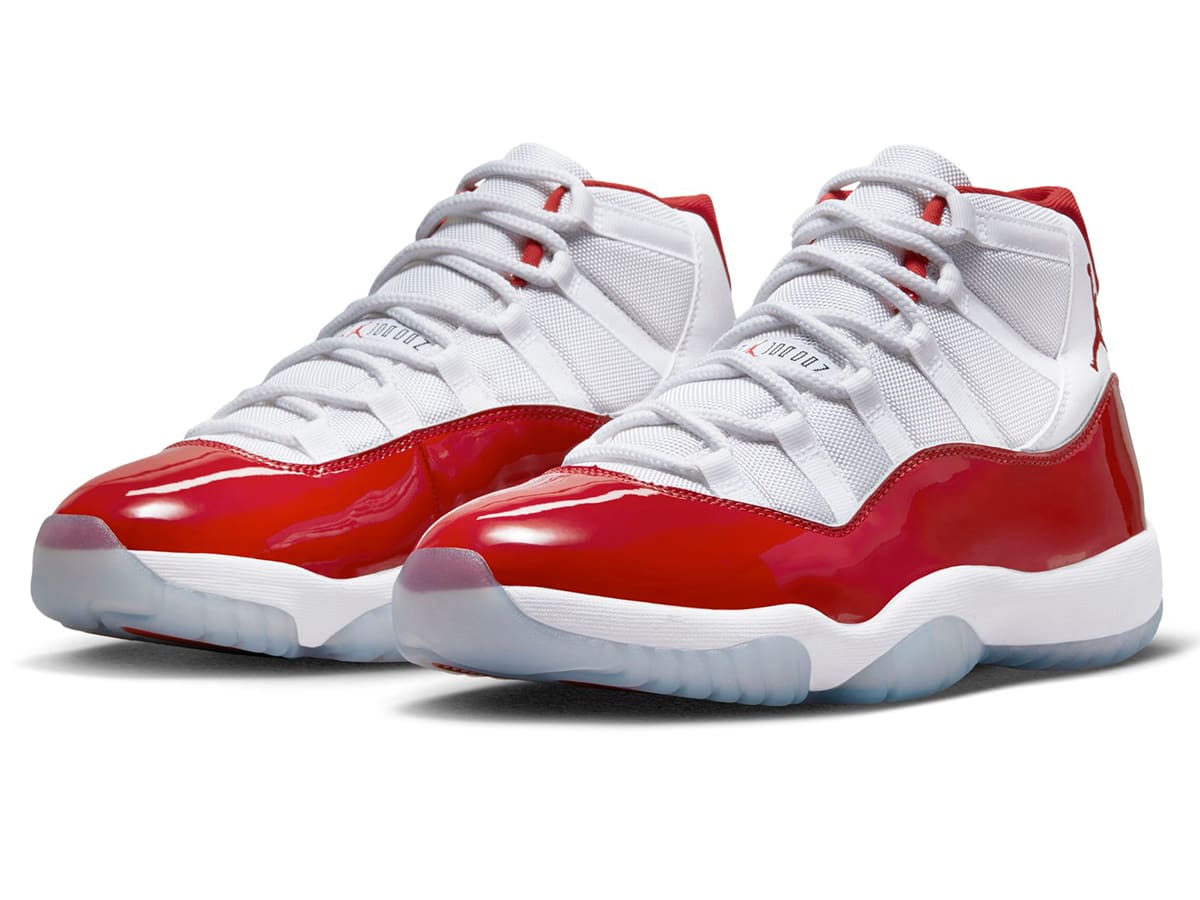Since their debut in 1985, Jordan shoes have revolutionized the sneaker industry and established a cultural phenomenon that transcends sports and fashion. The collaboration between Nike and Michael Jordan has created a brand that continues to dominate the market, boasting impressive sales figures and a loyal following. This blog delves into the business and marketing strategies behind Jordan shoes, exploring the factors that have contributed to their sustained success.
Table of Contents
The Birth of an Icon
The Air Jordan 1, designed by Peter Moore, was the first sneaker released under the Jordan brand. The partnership between Nike and Michael Jordan was a bold move at the time, as Jordan was a rookie in the NBA. However, Nike’s gamble paid off, as Jordan’s stellar performance on the court and the shoe’s groundbreaking design captured the attention of basketball fans and sneaker enthusiasts alike.
The initial marketing strategy for the Air Jordan 1 capitalized on Michael Jordan’s rising star power and the NBA’s ban on the shoe’s colorway, which violated the league’s uniform policy. Nike cleverly turned this ban into a selling point, emphasizing the rebellious nature of the sneakers with the tagline, “Banned by the NBA.” This strategy not only generated buzz but also positioned the Air Jordan as a symbol of defiance and individuality.
Innovation and Design
One of the key factors behind the success of Jordan shoes is their continuous innovation and design excellence. Each new release in the Air Jordan line features advancements in technology and materials, ensuring that the sneakers meet the performance needs of athletes while also appealing to fashion-conscious consumers.
The design of Jordan shoes often incorporates storytelling elements that connect the product to significant moments in Michael Jordan’s career. For example, the Air Jordan 3, designed by Tinker Hatfield, introduced the iconic Jumpman logo and elephant print, both of which have become synonymous with the brand. These unique design elements create a sense of exclusivity and desirability, making each pair of Jordans a collector’s item.
Cultural Impact and Endorsements
The cultural impact of Jordan shoes extends far beyond the basketball court. Over the years, they have been embraced by various subcultures, including hip-hop, skateboarding, and streetwear. This broad appeal has helped to cement the Jordan brand’s status as a cultural icon.
Endorsements from celebrities and influencers have played a significant role in maintaining the popularity of Jordan shoes. High-profile figures like Travis Scott, Drake, and Billie Eilish have collaborated with the brand, creating limited-edition releases that generate immense hype and drive sales. These partnerships not only boost the visibility of Jordan shoes but also attract new and diverse audiences.
Strategic Marketing and Branding
Nike’s strategic marketing and branding efforts have been instrumental in the sustained success of Jordan shoes. The brand has mastered the art of creating anticipation and excitement around new releases. Limited-edition drops, exclusive collaborations, and surprise launches are all tactics used to generate buzz and drive demand.
Social media and digital platforms have become crucial tools in Nike’s marketing strategy. The brand leverages platforms like Instagram, Twitter, and TikTok to engage with their audience, build hype for upcoming releases, and showcase user-generated content. This direct interaction with consumers fosters a sense of community and loyalty among Jordan fans.
The brand’s commitment to storytelling is another key element of its marketing strategy. Nike often releases documentaries, short films, and behind-the-scenes content that highlight the history and significance of Jordan shoes. These narratives not only educate consumers but also create an emotional connection to the brand, enhancing its overall appeal.
Sales and Market Performance
The sales performance of Jordan shoes is a testament to the brand’s enduring popularity and effective marketing strategies. According to Forbes, the Jordan brand generated over $3.6 billion in revenue in 2021, accounting for approximately 13% of Nike’s total revenue. This impressive figure highlights the brand’s significant impact on Nike’s overall business.
The resale market for Jordan shoes is also booming, with limited-edition releases often fetching several times their retail price. Platforms like StockX and GOAT have made it easier for consumers to buy and sell rare sneakers, further fueling the demand for Jordans. This secondary market activity not only underscores the high demand for the brand but also adds an element of exclusivity and collectibility to the sneakers.
The Future of Jordan Shoes
As the sneaker industry continues to evolve, the future of Jordan shoes looks promising. The brand’s commitment to innovation, storytelling, and cultural relevance ensures that it will remain a dominant force in the market. Nike’s focus on sustainability and eco-friendly practices is likely to influence future Jordan releases, appealing to environmentally conscious consumers.
Additionally, the rise of digital experiences and virtual reality presents new opportunities for the Jordan brand. Virtual try-ons, augmented reality experiences, and exclusive online drops are all ways that Nike can engage with a digital-savvy audience and maintain the excitement around Jordan releases.




